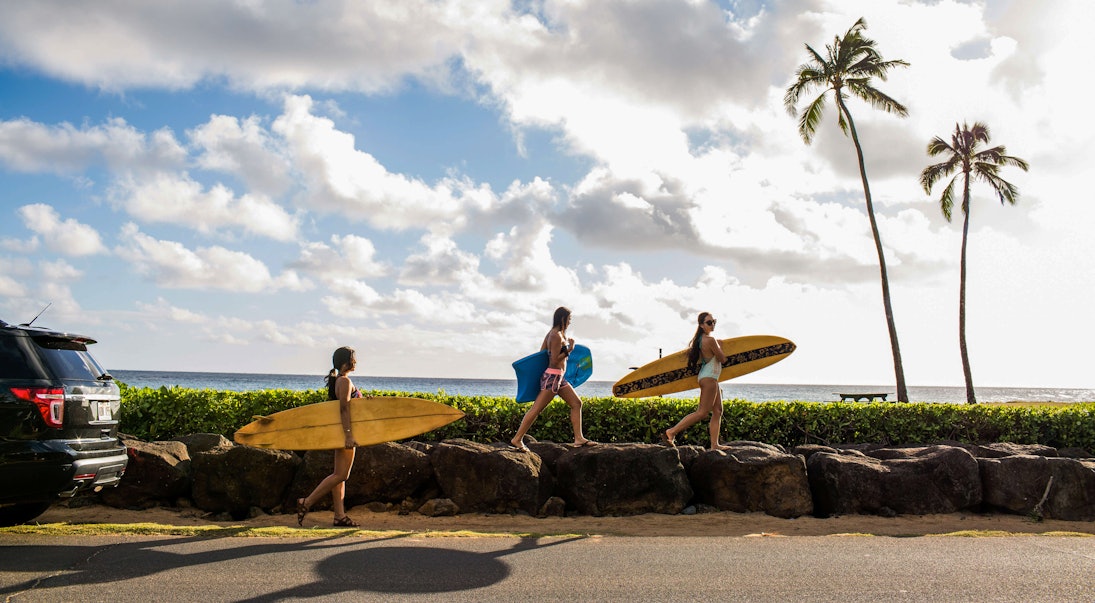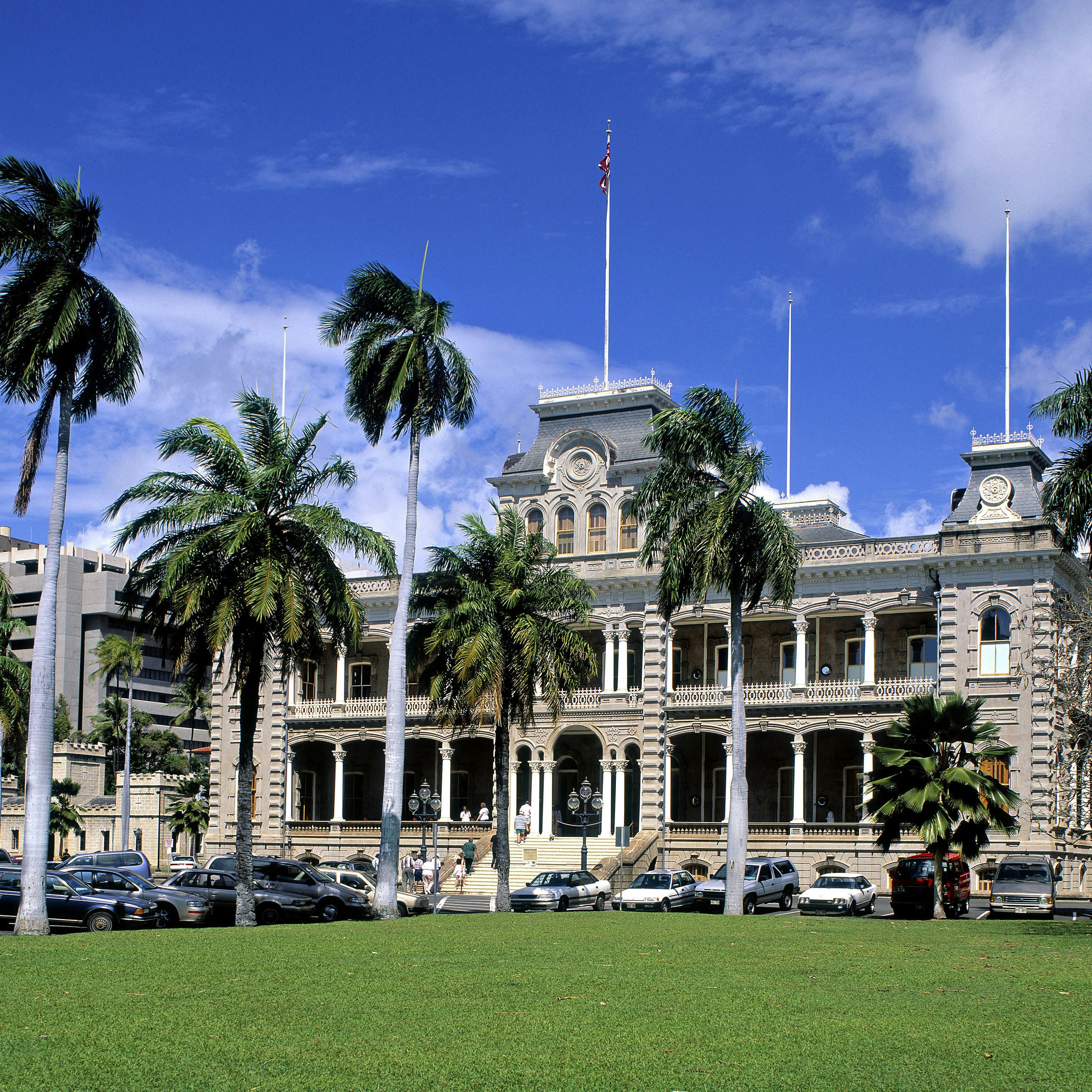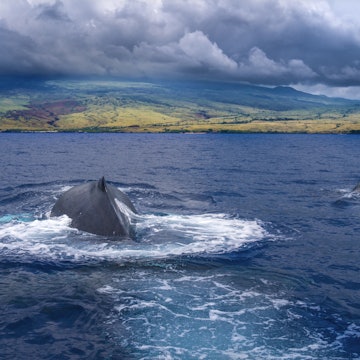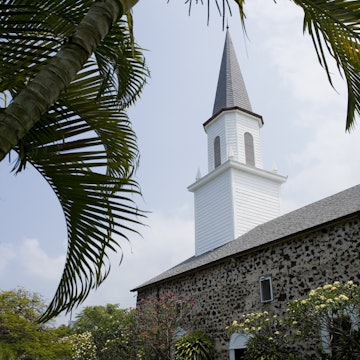

© Adam Hester/Getty Images
Overview
It's easy to see why Hawaii has become synonymous with paradise. Just look at these sugary beaches, Technicolor coral reefs and volcanoes beckoning adventurous spirits.
Leave the planning to a local expert
Experience the real Hawaii. Let a local expert handle the planning for you.
Must-see attractions
Planning Tools
Expert guidance to help you plan your trip
Best Things to Do
Experience what makes Hawaii unique with this guide to the top things to do on the islands.
Read full article
Best Places to Visit
Experience the best of Hawaii with these top places to see.
Read full article
Best Time to Visit
Deciding when to go to Hawaii has less to do with weather – year-round sunshine and balmy temps are the norm – and is more about crowds and costs.
Read full article
Things to Know
Before a vacation in any of the islands of Hawai‘i, check in with these tips on trip planning, etiquette and health and safety.
Read full article
Transportation
Experience the very best of Hawaii with this guide to transportation on the islands.
Read full article
Free Things to Do
In the land of aloha, free attractions, activities and events abound if you know where to look. Here are our top free things to do in Hawaii.
Read full article
Money and Costs
Track your costs – and keep them down – with our list of creative ideas for a famously expensive place.
Read full article
Best Road Trips
See the best of Hawaii on these incredible road-trip routes.
Read full article
Accessibility
With sights and infrastructure that consider mobility, visual, and hearing needs, Hawaii has worked hard to be accessible to all travelers.
Read full article
in partnership with getyourguide






















